Lighting needs to be versatile and adaptable
A surface mount adjustable LED spotlight is a directional ceiling light that produces a controlled beam of light for illuminating a specific area or an intended target. As its name suggests, an adjustable LED spotlight provides full flexibility in terms of tilt and rotation. In a constantly changing retail, art showcasing, hospitality or office environment, lighting needs to be versatile and adaptable. Adjustable luminaires can be aimed to direct light where it is needed for high-contrast accent lighting, floodlighting of a task area that may otherwise be underserved by ambient lighting, or uniform illumination of vertical surfaces and features.
Accent lighting
Directional spotlights are commonly used as a creative tool to make inspiring worlds of visual communication come to life. Accent lighting thrives on the use of these luminaires for focal illumination. The focused beam of light created by surface mount spotlights can be used to highlight artwork, merchandise, architectural details, or points of decorative interest. Focal illumination provides selective contrast to establish the importance of certain objects, reinforce design aesthetics, create visual hierarchies within the space, and attract attention in a targeted manner. The accent layer of lighting is critical to the success of lighting design in retail establishments, commercial showrooms, and art museums where lighting is a complex work of art and a layered approach to lighting design is required to provide variety and visual interest. The retail sector, for example, relies heavily on accent lighting to enhance the visual appeal of merchandise and draw attention to featured merchandise, thereby creating stopping power and inspiring customers to reach for their wallets.
Task lighting
Adjustable LED spotlights are versatile enough to contribute to other layers of lighting as well. Uniform pools of light produced by directional spotlights (floodlights) deliver ample illuminances for people to perform various visual tasks at the desired speed, accuracy and degree of safety. The tilt and rotation adjustability as well as tightly controlled light distribution of these luminaires allow task lighting to aim a specific area and provide targeted illumination, without creating infringing light to the neighboring area. Aiming a flood beam of uniform light toward the wall can achieve an even washing effect that eliminates shadows, hides imperfections on walls, flattens the wall’s visual appearance, and improves visual perception of a space.
Monopoint and multipoint spotlighting
Surface mount adjustable LED luminaires come in monopoint and multipoint configurations. While multipoint spotlighting luminaires provide multi-directional lighting, monopoint spotlights have a less obtrusive appearance and permit a more visually integrated design for an architectural look. The adjustable luminaire consists of a junction box (canopy) and one or more directional lights. The junction box can be a low profile aesthetical piece or an enclosure (gear box) for driver and control circuitry. The junction box and lights are tied together in design to create a cohesive look capable of accommodating high-end residential, upscale retail, offices, hospitality applications as well as installations in galleries and museums. The two parts are connected by a joint that provides aiming adjustability of up to 90° from the vertical and 350° to 355° rotation.
System design and construction
The directional light usually has a die-cast aluminum construction that provides superior strength and heat dissipation and allows for a smooth geometric design. It comes mostly with a cylinder housing that accommodates a regressed light engine. The light engine is an assembly of an LED module and a heat sink which are integrated in a way that the heat load generated in the LED junction can be efficiently routed away. Directional applications often favor chip-on-board (COB) and high-power LEDs for their ability to deliver high lumen output from a single package.
Despite the high energy conversion efficiency of these LEDs, more than 50% of their electrical input power is dissipated as heat which must be extracted out of the semiconductor package. Thermal buildup within the LED accelerates the degradation process, resulting in premature failures of the LEDs. Thermal management is therefore critical to achieving the full potential of an LED throughout its entire functional life. The aluminum heat sink must be designed to provide enough surface area to effectively cool the LEDs. To facilitate heat transfer, the aluminum housing of the directional light is thermally interfaced with the heat sink to become part of the thermal path.
The optical system
The most challenging part of designing a directional light is the optical system. Directional ceiling lights are available in light distributions ranging from very narrow spot (2°-5°), narrow spot (6°-9°), spot (10°-15°) to narrow flood (20°-25°), flood (30°-40°) and wide flood (55°-60°). In accent lighting applications, the optic design objective is to deliver a high center beam candlepower (CBCP) in the beam, rather than merely projecting the required amount of lumens onto the object. There is also a field-to-beam ratio requirement to ensure the hardness or softness of a beam.
In task and wall wash lighting applications, uniform distribution of illuminance is the focus of the optic design. Directional luminaires regulate luminous flux from the light source using total internal reflection (TIR) lenses or facet reflectors. Because directional luminaires cast light uninterruptedly from source to target, glare control is a major consideration. Direct glare is typically controlled through deep source regression. Other beam control accessories such as baffle trims and honeycomb louvers may be used to soften aperture brightness or provide glare cutoff.
Color quality
The color characteristics of the light source will dramatically affect what information the user of a space receives from the illuminated objects or environment. The selection of the chromaticity (correlated color temperature, or CCT) and the color rendering properties of the light source should support the design goal and requirements of the tasks performed. These color attributes depend on the spectral power distribution (SPD) of the light source, or the amount of energy emitted as various wavelengths across the visible radiation spectrum. Directional lighting demands the light source to have a spectrum that is balanced in exact proportions to provide the most accurate color rendition.
Different tones of white light enable lighting to create different moods or ambiences and give different prompts for human biological rhythms. Most commercial applications use light sources with a CCT in the range of 3500K to 4100K. Hospitality and residential applications use a warmer light source. Museum lighting is very discriminating about the spectral composition of optical radiation. Cool white light sources contain a large amount of damaging short-wavelength photons in its spectrum, which is not favorable to art preservation. To ensure the consistency of color from one luminaire to another, the magnitude of visually acceptable chromaticity differences of a particular group of LEDs must be kept within a tight bin.
Driving and dimming circuitry
The LED driver is either co-located with the light engine in the housing or located in the junction box for thermal separate. Separating the driver from the light engine prevents the heat generated by the LEDs from stressing the high temperature sensitive driver components. The driver should be designed to provide tight, high efficiency regulation and control on the current output provided to the LED load. Dimmable applications require the driver to interpret control signals of a 0-10V or DALI controllers or a variable phase angle output from a forward phase (TRIAC) or electronic low voltage (ELV) dimmer.

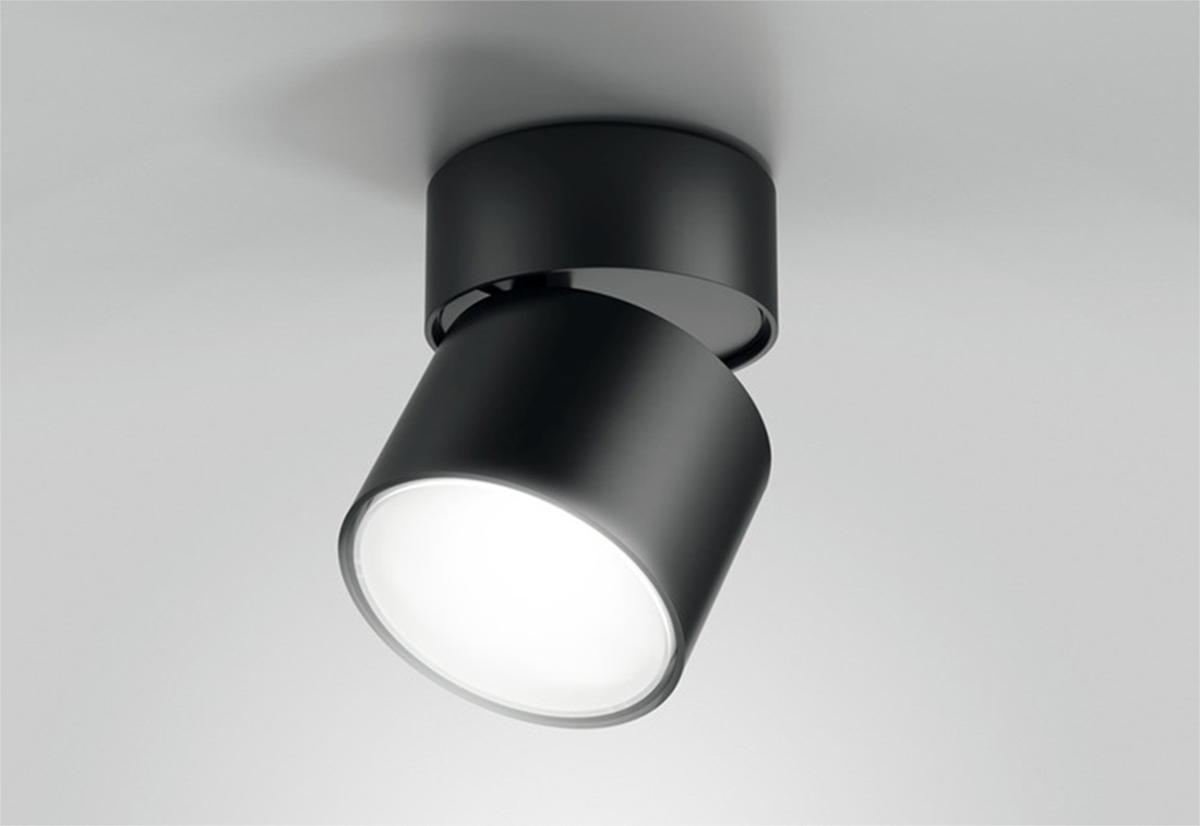
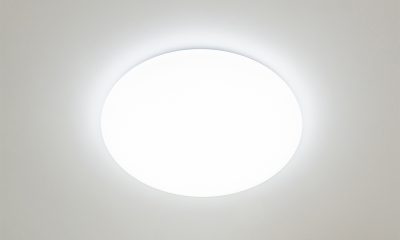
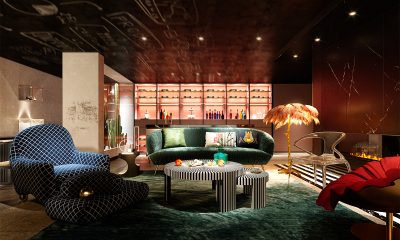


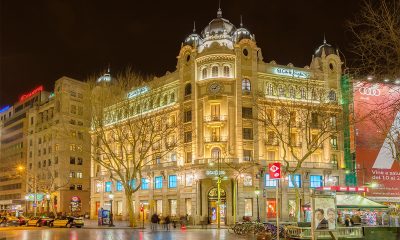
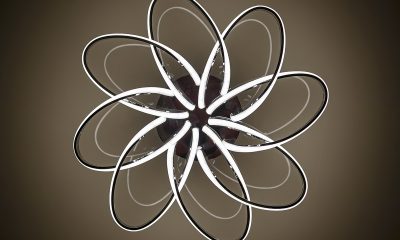
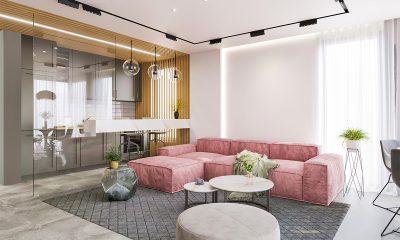
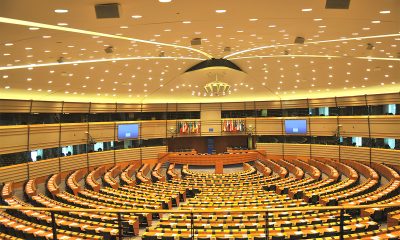
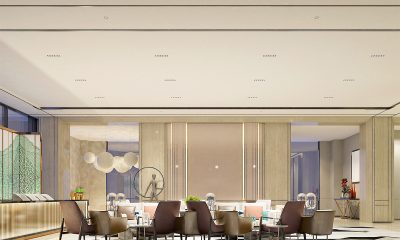
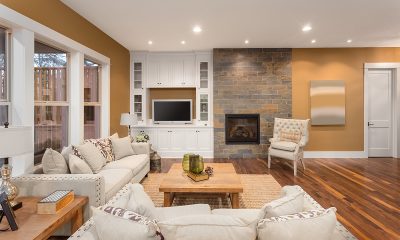
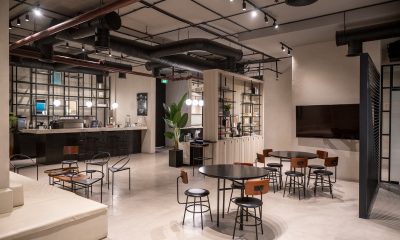






Loading...